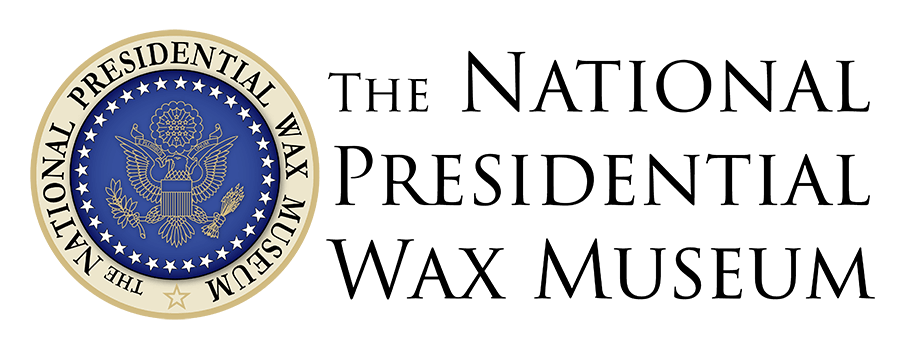April Showers Bring Presidential Flowers
– By #The National Presidential Wax Museum

Spring is in full bloom! As gardeners and green thumb enthusiasts prep their outdoor landscapes for a vegetative summer, the occupants of 1600 Pennsylvania Avenue have a vibrant season to look forward to. The Presidential Gardens at the White House stand as a testament to the enduring bond between nature and history, curated over centuries to reflect the diverse personalities of our nation’s previous and present leaders. From the iconic Rose Garden, known for its countless historic photographs, to the serene Jacqueline Kennedy Garden, each outdoor space tells a unique story of the beauty and diplomacy of the land. Join us as we journey through centuries of botanical history.
The Rose Garden
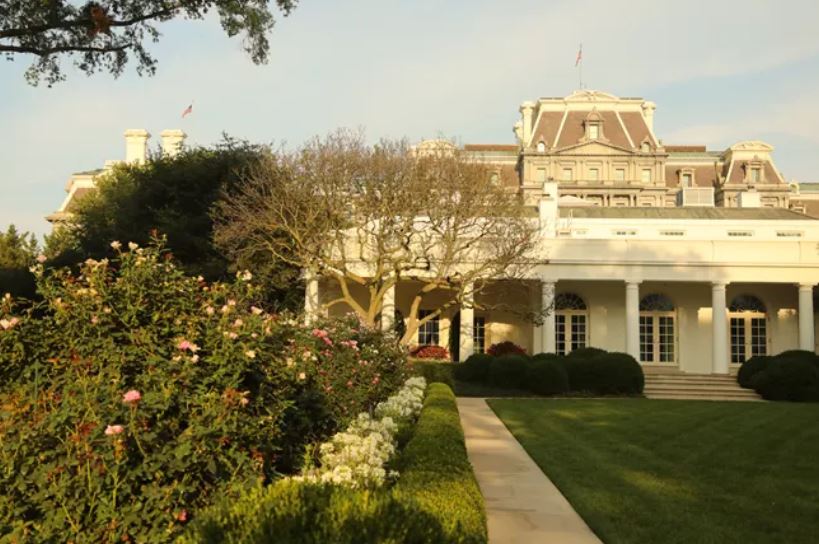
Rose Garden (2023)
NPS / Kelsey Graczyk
Arguably the most famous of all the White House gardens, the Rose Garden has served as a backdrop for countless historic moments and diplomatic gatherings. Located along the West Terrace and West Wing near the Oval Office and the Cabinet Room, the Rose Garden was originally established by First Lady Edith Roosevelt in 1903. The garden underwent significant redesign under the Kennedy administration, led by Jacqueline Kennedy. Kennedy was inspired by the formal gardens of Europe while spearheading the garden’s transition, introducing geometric patterns, boxwood hedges, and a central fountain. Over the years, the Rose Garden has witnessed presidential announcements, state dinners, and even weddings, becoming a space for tranquility and notable events.
Jacqueline Kennedy Garden
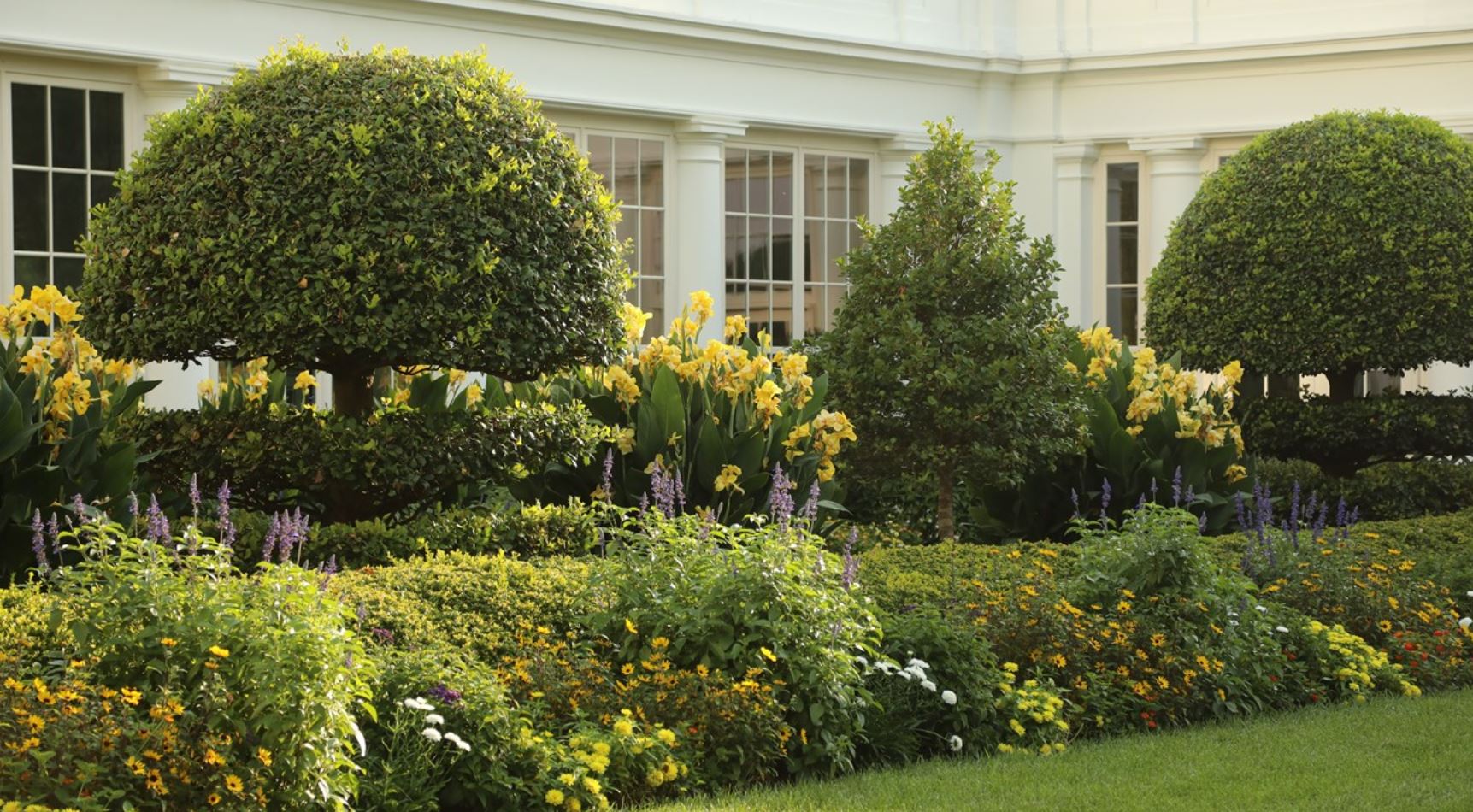
Jacqueline Kennedy Garden (2023)
NPS / Nathan King
Located south of the East Terrace Colonnade, the Jacqueline Kennedy Garden portrays a colorful spectrum of foliage with blooming bulbs such as tulips, daffodils, lavenders, hollyhocks, boxwoods and more. At the start of the Kennedy administration, the grounds surrounding the White House fell into disrepair drawing First Lady Jackie Kennedy’s attention. Mrs. Kennedy, along with horticulturists Rachel Lambert Mellon and Perry Wheeler, began redesigning and replanting the entire Rose and East Gardens. Upon President John F. Kennedy’s assassination in 1963, The Rose Garden had been completed, while the East Garden was under construction. To honor Jacqueline Kennedy’s efforts and direction, her successor, First Lady Lady Bird Johnson, renamed the East Garden as the “Jacqueline Kennedy Garden” during a ceremony on April 22nd, 1965. Today, the Jacqueline Kennedy Garden serves as a tranquil retreat inspired by the natural landscapes of America, incorporating native plants, flowering trees, and scenic pathways.
The Children's Garden
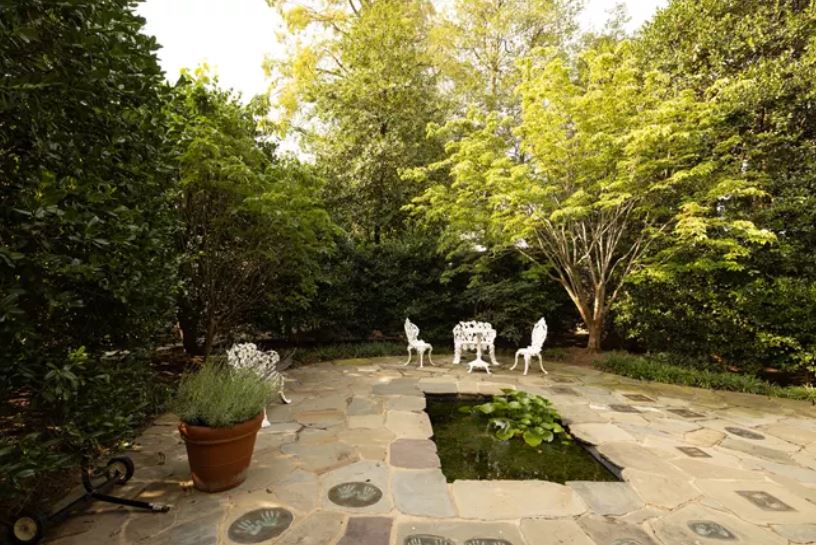
Children's Garden (2023)
NPS / Kelsey Graczyk
In January 1969, President Lyndon Johnson and First Lady Claudia “Lady Bird” Johnson established the Children’s Garden at the White House. The garden’s design, crafted by renowned architect Edward Durrell Stone, was carefully tailored to suit the playful exploration of young children. To immortalize the young grandchildren of the President, bronze castings of their tiny handprints and footprints adorn the garden. From Chelsea Clinton to Sasha and Malia Obama, generations of presidential children have explored this charming corner of the White House grounds. Renovated in 2019, the Children’s Garden now boasts over 30 brass castings, each emulating youthful energy and presence, past and present.
The Kitchen Garden
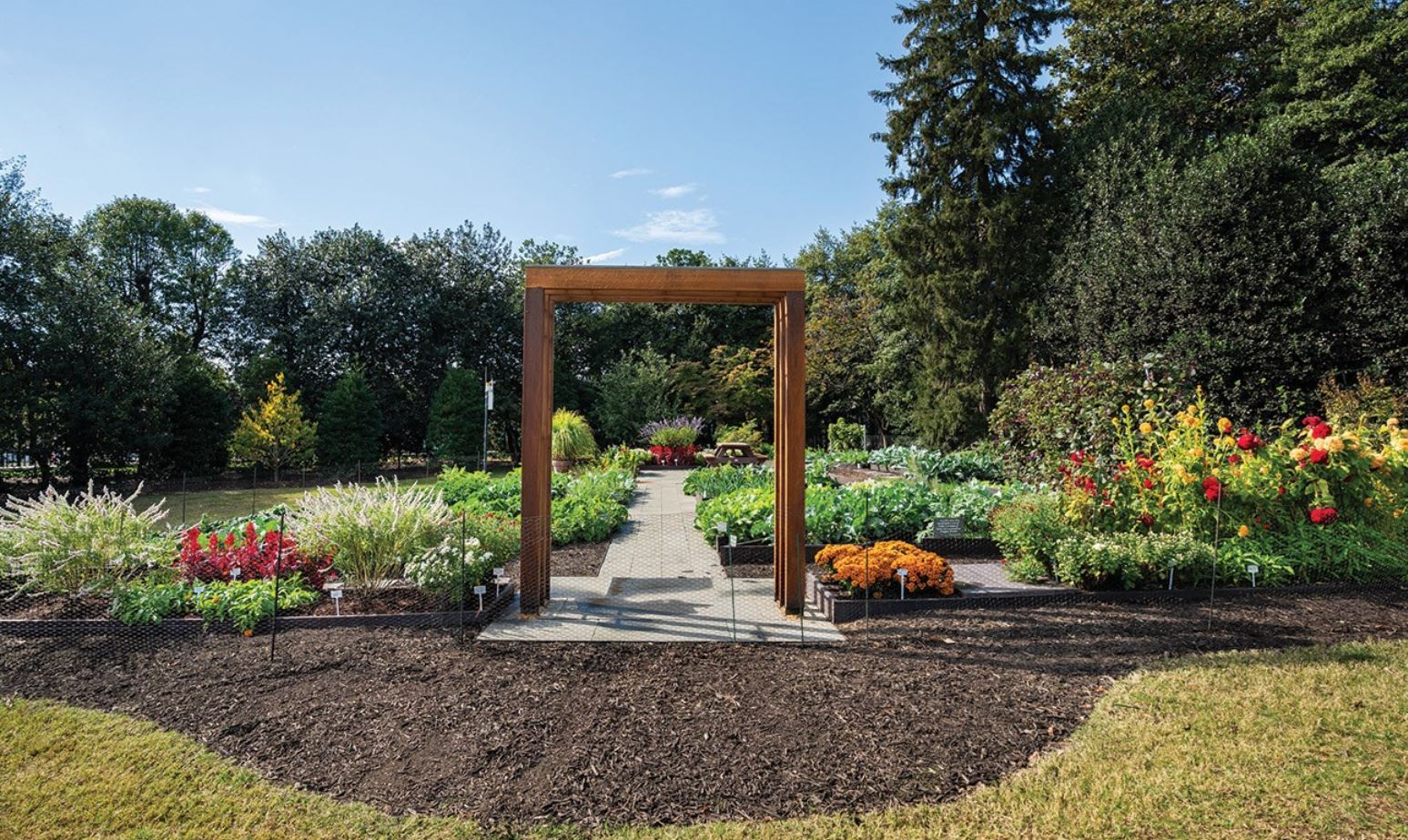
White House Kitchen Garden (2021)
Official White House Photo by Katie Ricks
The Kitchen Garden, spearheaded by former First Lady Michelle Obama in 2009, serves as the primary garden of produce for the White House occupants. The garden provides locally grown vegetables, fruits, and herbs such as tomatoes, peppers, cilantro, spinach, berries, and lettuce galore. However, the Kitchen Garden’s history stretches back decades. Since John Adams’ presidency in 1800, a tradition of the White House’s gardening began, with a vegetable garden at his request. Over the years, the White House cultivated its own produce, notably during the mid-19th century and World War II, when First Ladies like Mary Todd Lincoln and Eleanor Roosevelt championed fresh food initiatives. In the late 1970s, President Jimmy Carter introduced a small herb garden, and in 2021, First Lady Jill Biden continued the tradition with a floral cutting garden at the north end. To this day, the Kitchen Garden showcases the importance of nutritious, homegrown food, inspiring others to cultivate their own gardens and embrace healthier eating habits.
Kick Off Your Spring at The National Presidential Wax Museum!
As the colors and warmer weather return, be sure to visit The National Presidential Wax Museum for an unforgettable and historical experience!
Last Modified:
